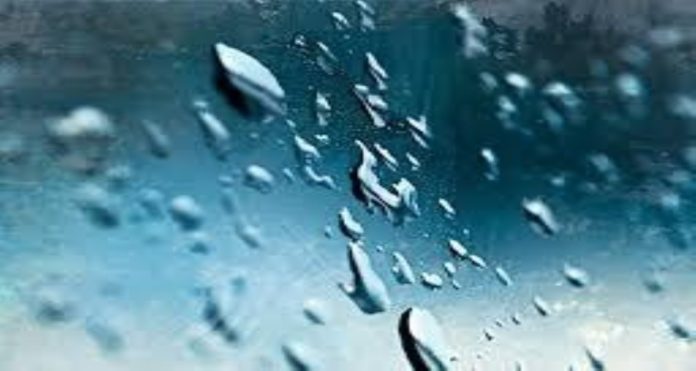Negosentro.com | Water Restoration Techniques | Unlike in the past, when a water-damaged property was considered useless, modern-day solutions can restore such houses and make them livable once again. Restoration of a water-damaged property is usually a daunting and risky task that can bring more risks when an individual or unprofessional expert handles it. This is true in cases where water interferes with the electronic wiring system. An ordinary person, unaware of such possibilities who try to control the restoration, will be in for a rude electric shock. This is the reason that this task should be handled only by expert restoration companies like BluSky Restoration.
That aside, though, what are some of the techniques to solve this concern while minimizing additional risks. Well, this article addresses some of the methods that someone can pursue by himself or herself or at best by getting assistance from reputable water restoration Dallas experts. They include but not limited to, the following:
Remove the floodwater
The first step in water damage restoration is to remove stagnant water. The longer the water sits, the more expensive the damage will be. Water restoration Dallas experts use a submersible pump to remove water accumulations in various structures around the premises. These pumps are highly efficient for their job and make drying of entire sections easier. The rule is that the experts handling the process must remove standing water within 48 hours to decrease unhealthy organisms’ chances.
Map the moisture
When the stagnant water is gone, it is essential to get an idea of the water damage extent, to develop efficient steps to solve possible mold growth. Licensed water restoration Dallas technicians who perform these inspections use much more advanced infrared and digital imaging to determine the damage extent without damaging the floors and walls.
Inspect and remove mold
After the moisture mapping, the house needs treatment against mold and mildew. Residual stagnant water in any property, residential or business, creates an ideal habitat for fungal forms to thrive, so countermeasures will be very useful to avert any further damages.
Water clean-up professionals recommend using special fungicide detergents to sterilize the area and make the surroundings unfavorable for mold growth. During this step, deodorization and ventilation measures can help remove airborne contaminants, mold spores, and unpleasant odors.
Dry the areas
The next step makes sure the property is arid, with humidity brought back to its normal state after the flood. There are various drying techniques, and each uses the situation’s severity. Air movers dry the premises by controlling humidity and improving air circulation.
Section by section, air movers removes liquids from porous materials like carpets and wood. Dehumidifiers remove moisture from the air and help remove the remaining water from the home. While desiccant humidifiers use raw materials that naturally absorb moisture from the environment, refrigerant dehumidifiers cool the air to reduce its ability to retain water.
Renovate critical areas
Even under normal conditions, the kitchen and bathroom are significant sources of moisture and airborne particles. These “wet” areas are expected to be severely damaged in flood due to many plumbing fixtures and drain that these rooms cannot do without. On the other hand, this can be an excellent opportunity to renovate these spaces from top to bottom during water damage restoration.














